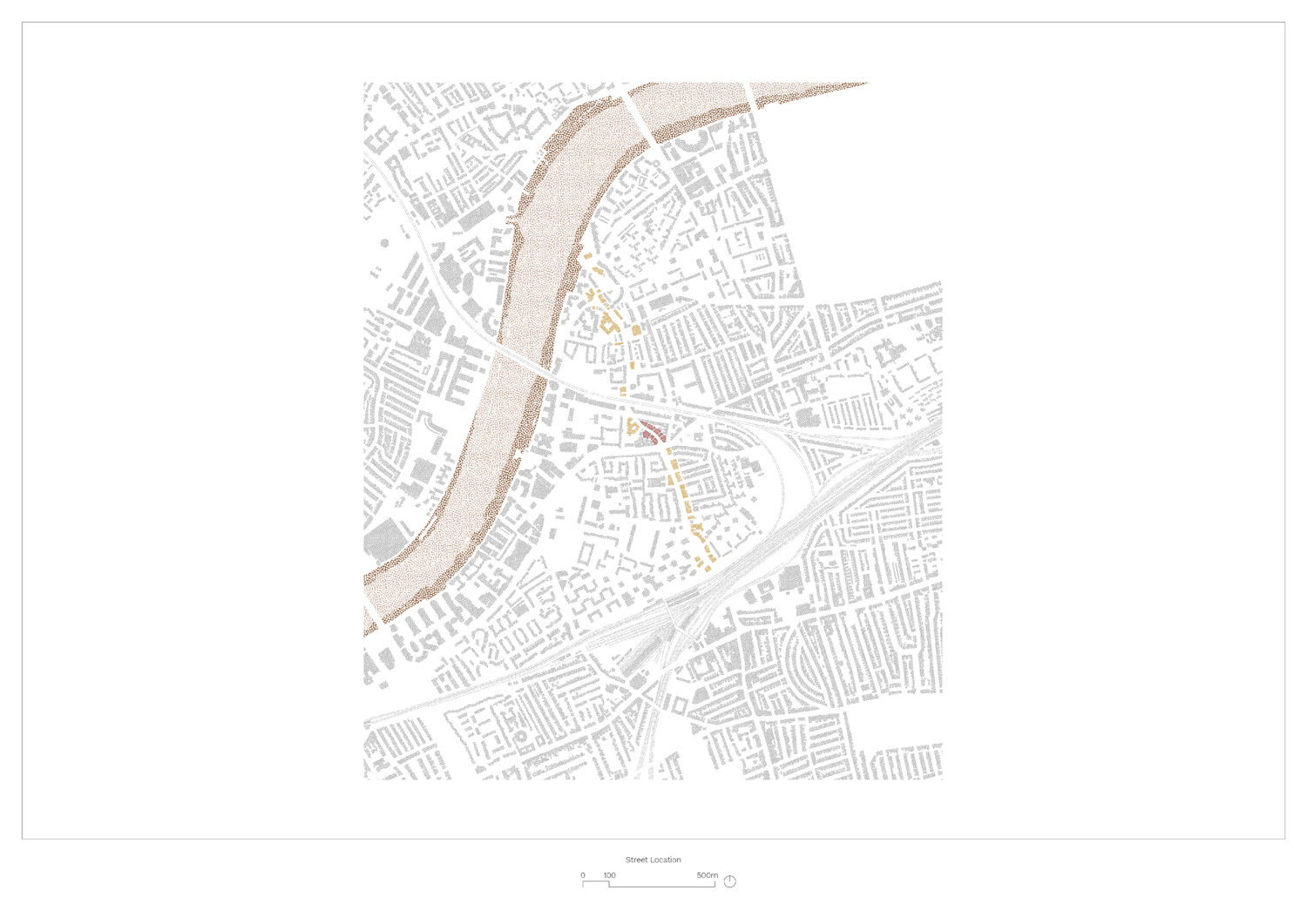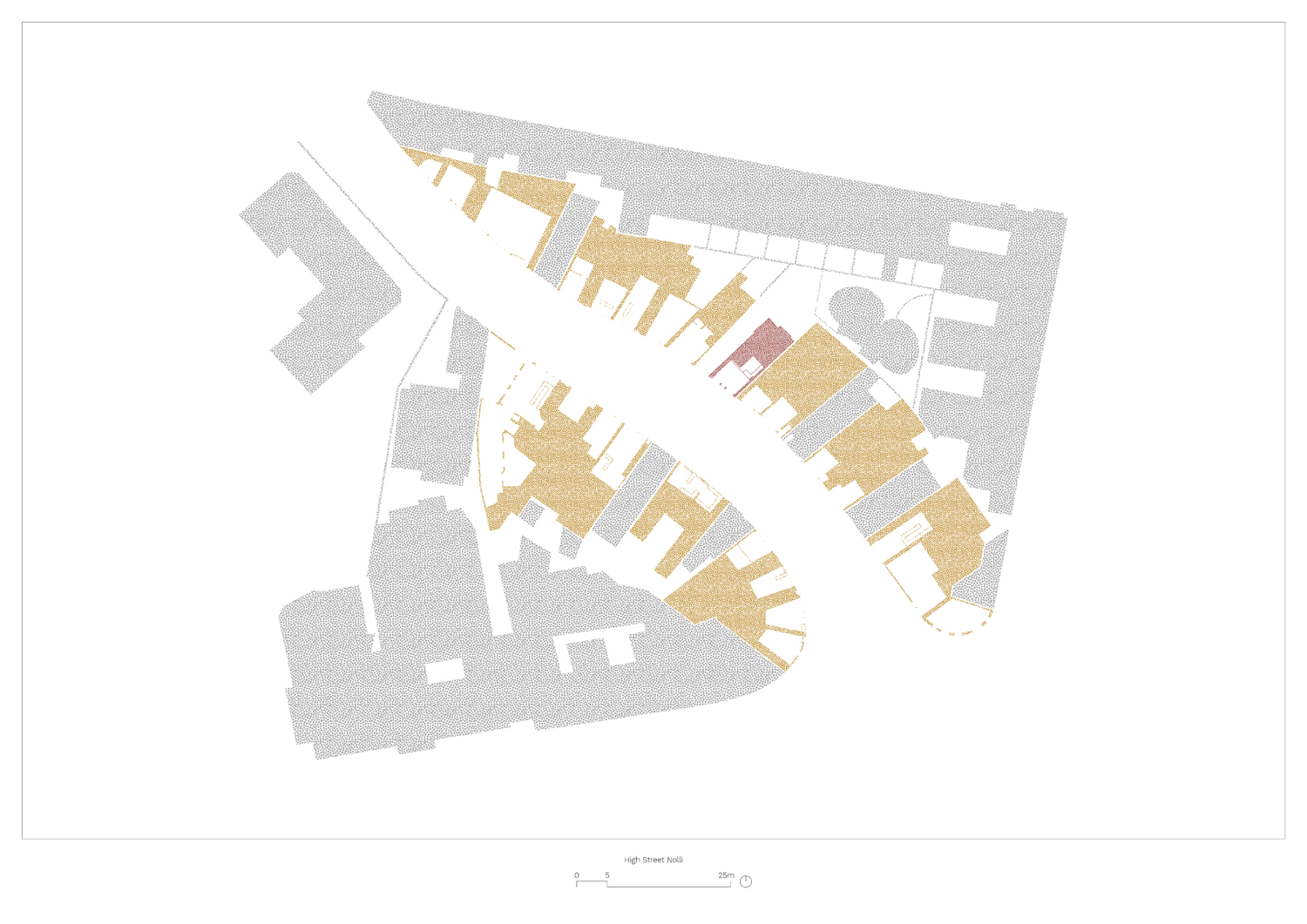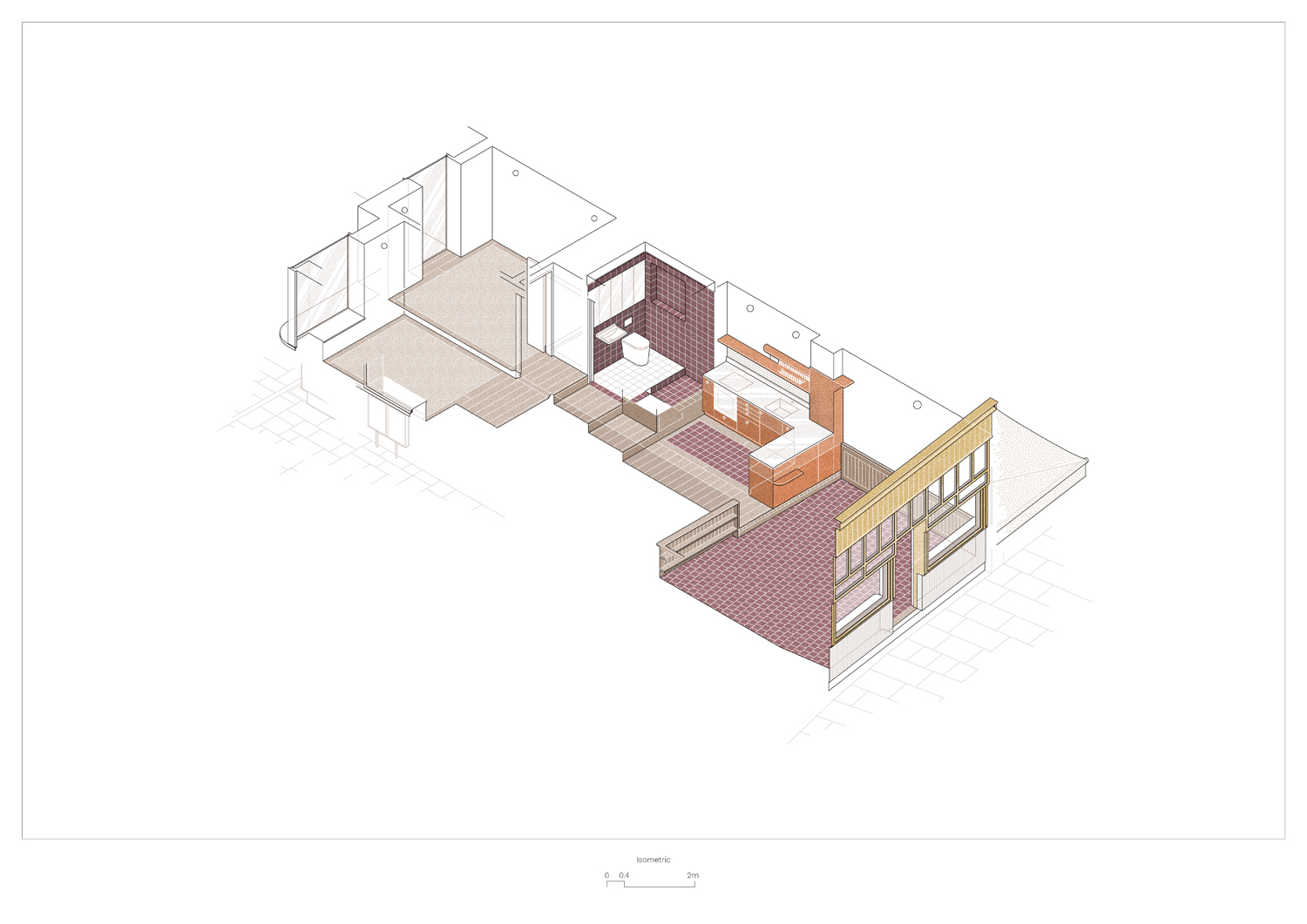work studio info
Costa’s Barbers, Yard, Battersea
![]()
![]()
![]()
![]()
![]()
![]()
![]()
![]()
![]()
![]()
![]()
![]()
![]()
![]()
![]()
![]()
![]()
![]()
Costa’s Barbers, Yard, Battersea
Costa’s Barbers is a shop on Battersea High Street, recently remade as a space for living, for work, and for trade. The works have transformed a vacant retail space into a flexible home which aims to make a meaningful contribution to its historic commercial setting and to establish multiple possibilities for continued and enriched interaction with the life of the street. Undertaken as a collaborative project between Brisco Loran and Arrant Industries, the team are, collectively, the designers, builders and clients, with Brisco Loran now occupying the space, both as home and studio, as its first keepers.
Both provoked and enabled by the recent expansion of contentious ‘retail to residential’ permitted development rights, and with concern for the potential impact of conventional residential conversions on the character and health of our high streets, the project explores how domestic life need not retreat so meekly towards the private, but could instead join with commercial activity, expanding the possibilities for both uses, and enriching the permeable, dynamic, and vibrant public nature of our street life.
Fundamental to this relationship, and rhyming with the surviving period shopfronts of the street, is a traditionally constructed jettied timber façade which balances the street’s characteristic transparency with the new domestic nature within. Unique amongst its range of moving parts is a pair of translucent sliding screens, set with hand-cut glass artworks by Pavilion Pavilion. Raised in the morning, lowered in the evening, or hung at a chosen mid-point, their operation provides occupants with a full range of privacy and an adaptable connection with the street.
These screens are doubled with conventional glazed sashes that can be raised in part for ventilation, or more fully to create ‘kiosk-like’ openings capable of serving visitors to the weekend market. In addition to the centrally placed door and high-level vents, the family of dynamic components is completed by a hand-cranked awning, forming a three metre extension to the shop’s threshold and allowing a social domestic life to spill onto the pavement for meals or morning coffee.
In addition to these visual and spatial links, the shopfront is designed to be enjoyed by the surrounding community of residents, shopkeepers, and stallholders. Working on the street as they passed by; they watched us install the patterned glass work, they guessed the nature of the quartered snooker table leg cornice, encouraged our third coat of yellow, and paused to chat about forgotten shops as the signwriting appeared. These emotional links are at the core of the high street’s importance, and we hope that this shop can continue to play a role in the ongoing story of life on this special street.
Visible from the street is the main ‘retail’ space, conceived as a room to be worked in during the day and lived in outside of office hours. A kitchen worktop returns to address the space as a serving counter, limiting access to the more private rear spaces and allowing occupants to welcome customers to the space come market day. In this manner, the adjustability of the façade is extended to the arrangement of the plan with the intention that the space can accommodate a variety of future occupants and occupations.
A journey onward from this public front to the private rear is measured by a decreasing scale of space, with each room marked by a change in floor-to-ceiling height. Passing from the raised kitchen, up to the bathroom, and further still to the bedroom level, the journey ends in cosy cabinet-like bedrooms where occupants sleep above the breach flood level of the nearby Thames. Materials, textures, and colours reference the rugged ‘pie and mash’ shops often found on market streets, with reclaimed panelling and gloss finishes recording that same flood level across the section of the shop.
To the rear of the shop, a second and more private, insulating façade, provides warmth to the bedrooms and addresses the shared yard where the street’s market stalls were once stored. Adding to a familiar London scene of tumbling masonry backs and composed as a textured white relief, the façade combines triple-glazed windows, rendered insulation, metal trims and plastic meter boxes with pebbles gathered from the banks of the Thames.
The Shopfront can be viewed here

















